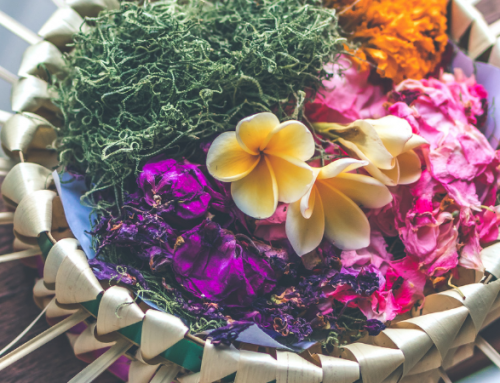Fasting is the Supreme Medicine
The lunar month of Shravana will extend this year from August 3 through September 1. For much of India the end of Shravana marks the beginning of the end of the rainy season, which for much of the country is the unhealthiest time of the year. Yes, winter in the north, and summer in south and north alike, can be brutal, but living a healthy life in wetness that rarely dries for three months becomes particularly problematical due to the omnipresent mildew, the easy spoilage of food, the explosion of multifarious microbes, the slowness with which wounds heal, and similar challenges.
Langhanam prathamam aushadham, goes the saying: “fasting is the first medicine” (a variant proposes langhanam paramam aushadham, “fasting is the supreme medicine”), and while Ayurveda’s classical texts, which advise regular alteration in daily food intake according to the dictates of the time of year, do not propose limiting oneself to water alone during the monsoon, they do encourage the consumption of easily-digestible food in smaller amounts than usual.
When a couple of millennia back India’s festival calendar was being concocted someone received the inspiration to associate this moist lunar month with Siva. If the goal was to induce the populace to benefit their physical health by tempting them with the increase in spiritual merit that comes with the penance of forbearance from beloved nutrients, that intention has proved grandly successful. In fact tens of millions of devotees of Lord Siva continue to pursue this niyama annually.
In general terms a niyama is a self-applied restraint, a limitation willingly endured for one’s expected benefit. The dictionary tells us that a niyama is more limited, minor and optional than a yama, which is a restriction that is both more major, obligatory, and non-discretionary. Restraining yourself from killing, lying, cheating and coveting are yamas, things everyone should do at all times; boundaries that are restricted in time and space and that you set for yourself are niyamas.
Shravana offers a handy opportunity for you to test drive a simple niyama. Think of a curtailed dietary regimen that you could follow for four weeks, or of something (going without sugar? alcohol? caffeine? social media?) that you can afford to remove from your life altogether (or at the least seriously minimize) for a month. Your restriction should be something that you will miss sufficiently that it will regularly remind you that you are missing it, but not so much that your craving will drag you back to it before your time is up. Better not to make a vow than to break it.
Better also to start small and gradually increase; in the words of Vimalananda, “Start with a sip and end with the bottle.” Then each Shravana (or other month) that you successfully navigate will augment both your ability to limit yourself and your resolve to do so, setting the stage for yet further disconnection from the things of the world, in preparation for that permanent disconnection from all consumption that awaits each of us at that moment when Siva, to whom Shravana is dedicated, directs Yama, the Great Restrainer, to terminate our existences and disconnect us permanently from our physical bodies.
Om namah sivaya!


